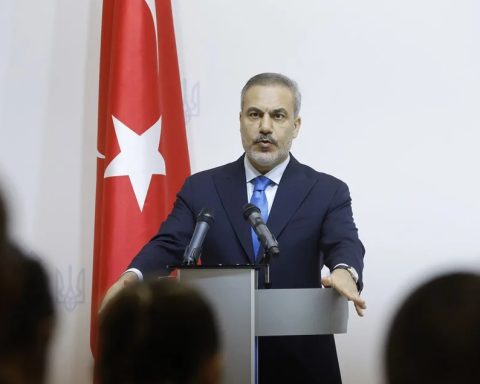The National Museum of Iraq, in Baghdad, reopened its doors on Monday after three years of closure due to the pandemic and the political context.
On this first day of opening, Turkish tourists, Western expatriates and Iraqi visitors were able to admire 2,500-year-old vestiges, ancient wooden doors and other Islamic pieces from the 9th century, an AFP journalist found.
“We’ve waited a long time, it’s been four years since we planned to come here,” enthuses Tijen Kayralci, 65, of a group of tourists from Turkey.
Founded in 1926 to explain 5,000 years of Mesopotamian history, the museum has in its collection cuneiform tablets and two impressive lamasus, mythological winged bulls, found in the archaeological remains of Nimrud.
On Sunday, Iraqi Prime Minister Mustafa al-Kazimi “inaugurated” the museum after “restoration and maintenance works in its rooms.”
“It was closed for about three years, due to the demonstrations and for security reasons,” the director of the Iraqi Council for Antiquities and Heritage, Laith Majid Hussein, told AFP on Monday, referring to the 2019 anti-government revolt. “Then came the coronavirus pandemic,” he added.
The establishment had officially reopened its doors in 2015, more than a decade after looting in 2003, during the chaotic period following the fall of Saddam Hussein’s regime.
Of the 15,000 pieces stolen then, the authorities managed to return a third to the museum, considered before 2003 as one of the richest in the world.










